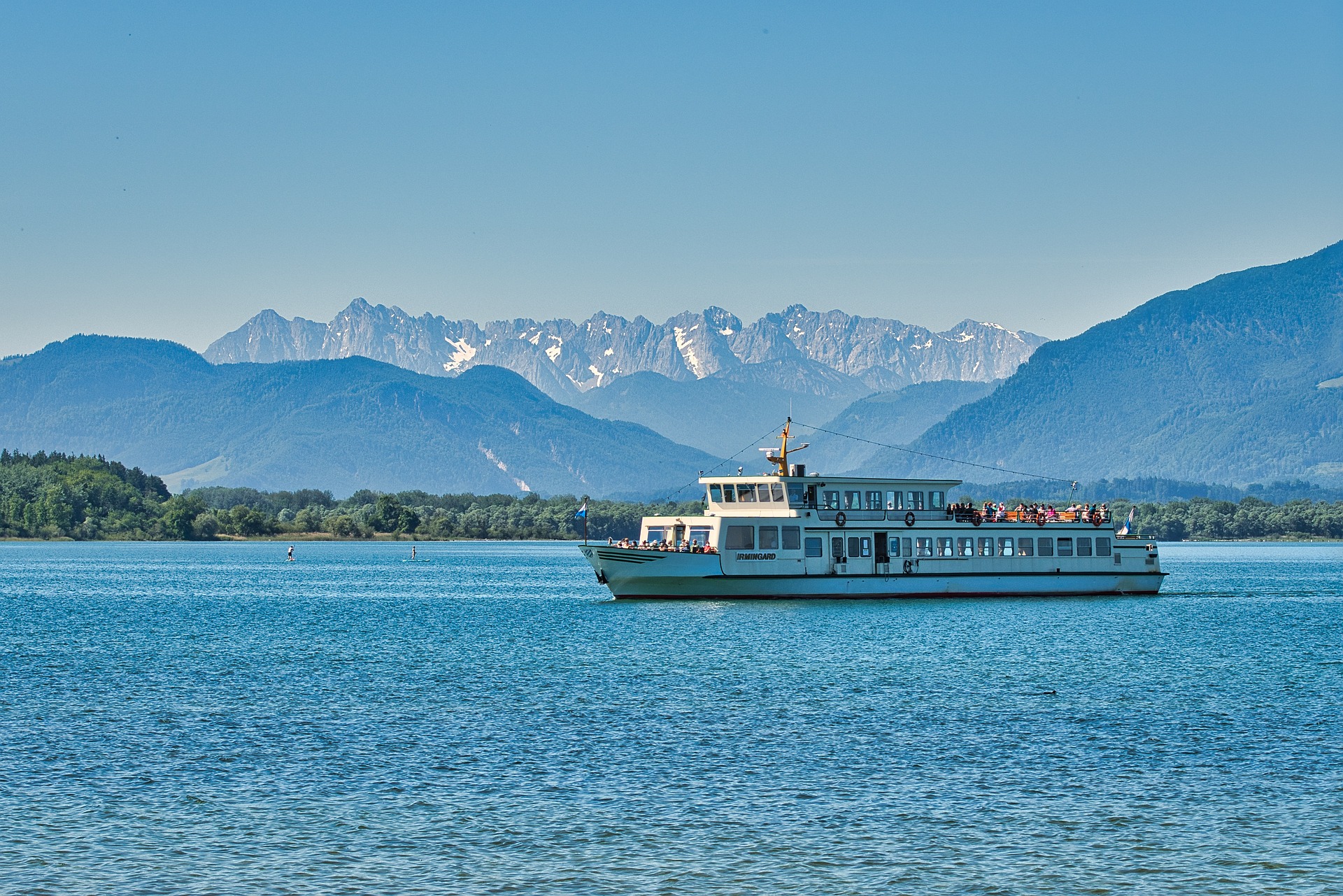Unfolding the Mysteries: The Increasing Appeal of Dark Tourism
From the grim extermination camps in Auschwitz to the haunting ruins of Chernobyl, dark tourism—traveling to sites associated with death, disaster, or atrocity—has been steadily gaining traction among modern-day explorers. This unconventional travel trend offers a stark contrast to the sunny beach holidays and vibrant city tours most commonly associated with tourism. Yet, the appeal of these eerie destinations is undeniably growing, with travelers willing to explore the darker side of humanity's history for a profoundly moving and educational experience.

The Emergence of Dark Tourism
Dark tourism’s roots can be traced back to the Middle Ages when people flocked to witness public executions. This fascination with death and disaster continued over the centuries, evolving into the modern dark tourism we know today. The term itself was coined in the late 1990s by scholars Lennon and Foley, who sought to explore the motivations behind the phenomenon.
Understanding the Appeal
Today, dark tourism is a significant segment of the travel industry. The motivations behind it are as diverse as the travelers themselves. Some are drawn by a sense of empathy or an interest in history, while others are motivated by the desire to confront their mortality. Furthermore, these destinations serve as stark reminders of our past, ensuring that we remember and learn from historical tragedies.
The Impact of Dark Tourism
Despite its increasing popularity, dark tourism is not without its challenges. It raises ethical questions about the commodification of human suffering and the fine line between education and exploitation. However, when managed correctly, dark tourism can contribute significantly to preserving history, promoting education, and facilitating peace and reconciliation.
Spotlight on Popular Dark Tourism Destinations
From the death camps of Auschwitz to the Ground Zero site in New York, dark tourism sites are spread across the globe. These sites offer tourists an opportunity to witness first-hand the scenes of some of the most significant events in human history. Despite the grim subject matter, these destinations attract thousands of visitors each year.
The Future of Dark Tourism
As the interest in dark tourism continues to grow, the sector will continue to evolve. There’s a growing focus on responsible dark tourism, ensuring that these sites are managed with sensitivity and respect. This trend is likely to continue, shaping the future of dark tourism.
On the Darker Side of Travel
-
Dark tourism can be a deeply emotional and transformative experience for travelers.
-
It’s essential for travelers to approach these sites with respect and sensitivity.
-
Dark tourism is not about thrill-seeking, but about understanding and learning from our past.
-
Dark tourism sites can be found all around the world, offering diverse experiences.
In conclusion, dark tourism represents a significant shift from traditional vacation norms, offering travelers a chance to engage with history in a profound and personal way. Despite the ethical debates surrounding this trend, it is undeniable that these sites have an essential role to play in education and remembrance. As we move forward, responsible and sensitive management of these sites will be key to ensuring their sustainability and relevance. This niche of tourism is here to stay, continuing to challenge and inspire travelers in equal measure.




